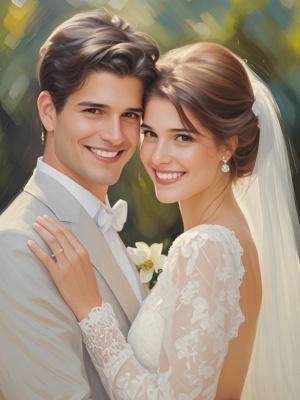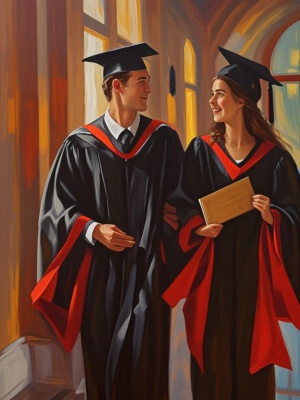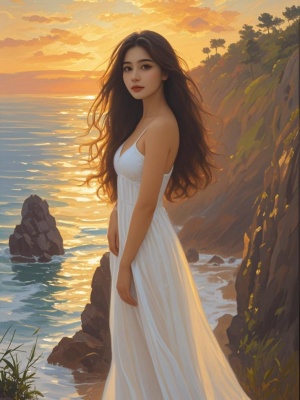The Timeless Allure of Vintage Oil Portraits
Introduction: The Enduring Charm of Vintage Oil Portraits
Vintage oil portraits represent a fascinating intersection of art history, cultural heritage, and technical mastery. These exquisite artworks from bygone eras continue to captivate collectors, art enthusiasts, and historians alike. Unlike modern digital portraits, vintage oil paintings possess a unique texture, depth, and character that can only be achieved through traditional techniques.
At MediaAI's gallery, we celebrate both traditional and contemporary portrait styles, recognizing how vintage techniques continue to influence modern AI-generated art. This article explores the rich history, techniques, and preservation methods of vintage oil portraits while examining their relevance in today's digital age.
The Historical Significance of Oil Portraits
From Renaissance to Modern Era
Oil portrait painting flourished during the Renaissance period when artists like Leonardo da Vinci and Rembrandt perfected the technique. The medium's versatility allowed for:
- Rich color saturation
- Subtle gradations of tone
- Detailed texture rendering
- Long-lasting durability
Social and Cultural Documentation
Before photography, oil portraits served as the primary means of recording a person's likeness. These paintings documented:

- Royalty and nobility
- Wealthy merchants and patrons
- Important historical figures
- Family lineages and ancestors
Technical Mastery in Vintage Oil Portraits
Traditional Techniques
Master portrait artists developed sophisticated methods over centuries. The classic approach involved:

- Underpainting with monochromatic tones
- Building layers of glazes
- Using various brush techniques
- Employing natural pigments
Problem-Solution Matrix for Vintage Portrait Challenges
| Problem | Traditional Solution | Modern AI Alternative |
|---|---|---|
| Fading colors | Using lightfast pigments | AI color restoration |
| Surface cracks | Varnish application | Digital reconstruction |
| Limited sittings | Preliminary sketches | Photo references |
Preserving and Restoring Vintage Oil Portraits
Proper preservation requires specialized knowledge and techniques. Key considerations include:
- Climate-controlled environments
- Professional cleaning methods
- Expert retouching
- UV-protective framing
For those interested in modern restoration techniques, our portrait transformation guide shows how AI can complement traditional restoration methods.
The Contemporary Relevance of Vintage Techniques
Today's digital artists and AI platforms draw inspiration from vintage oil portrait techniques. Modern applications include:
- AI-generated portraits with classical styles
- Digital filters mimicking oil paint textures
- Hybrid traditional-digital workflows
As noted by the National Gallery, understanding historical techniques informs contemporary practice. Similarly, at MediaAI, we incorporate these principles into our AI art tools.
Conclusion: The Legacy Continues
Vintage oil portraits represent more than just historical artifacts—they embody centuries of artistic innovation and human expression. While modern technology offers new possibilities, the fundamental principles of composition, lighting, and emotional resonance established by master portraitists remain relevant.
Whether you're an art collector, historian, or digital creator, studying vintage oil portraits provides valuable insights. For those interested in exploring how these traditional techniques intersect with modern AI art, visit our blog for more resources and inspiration.
